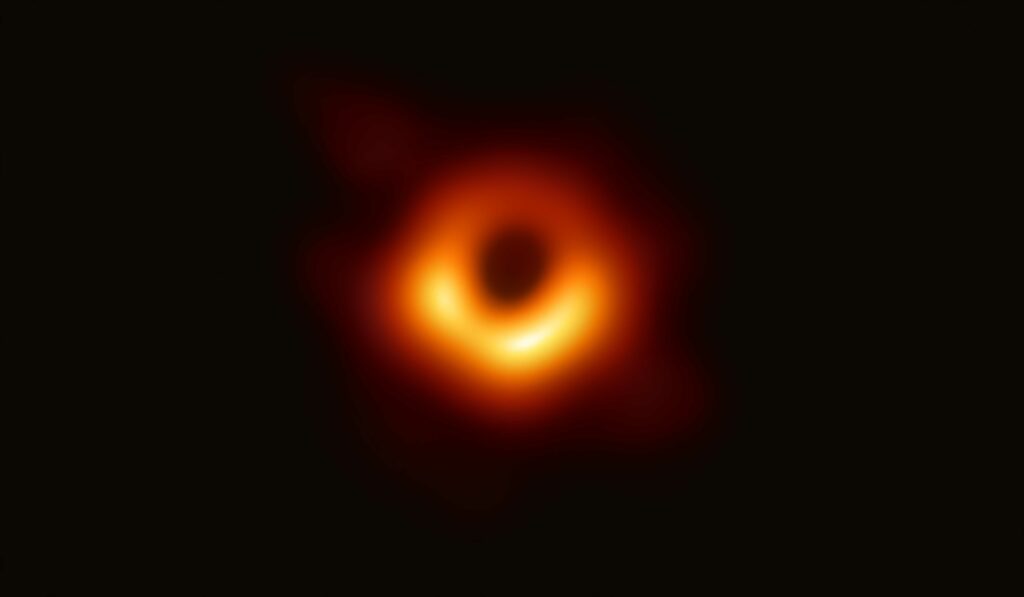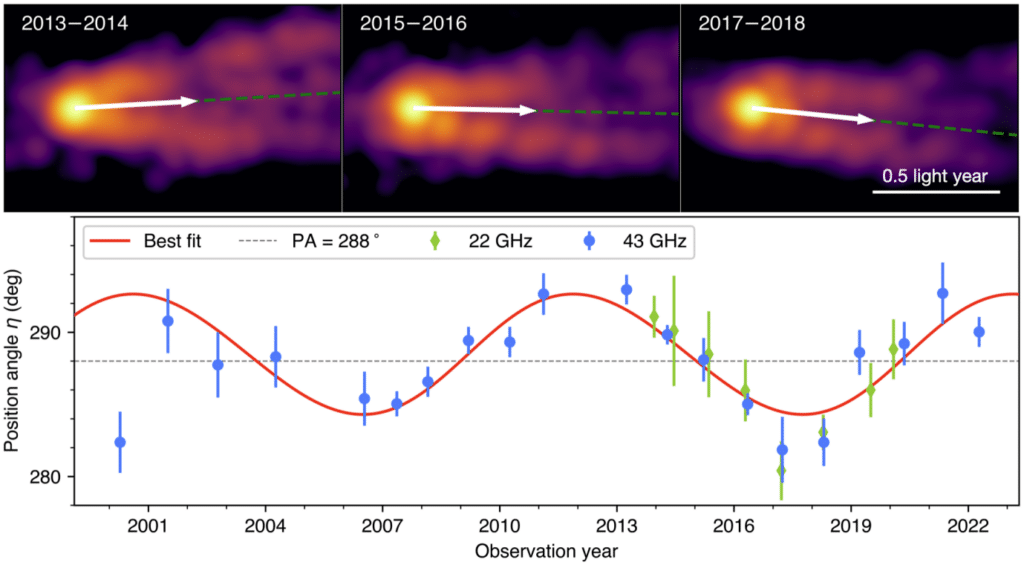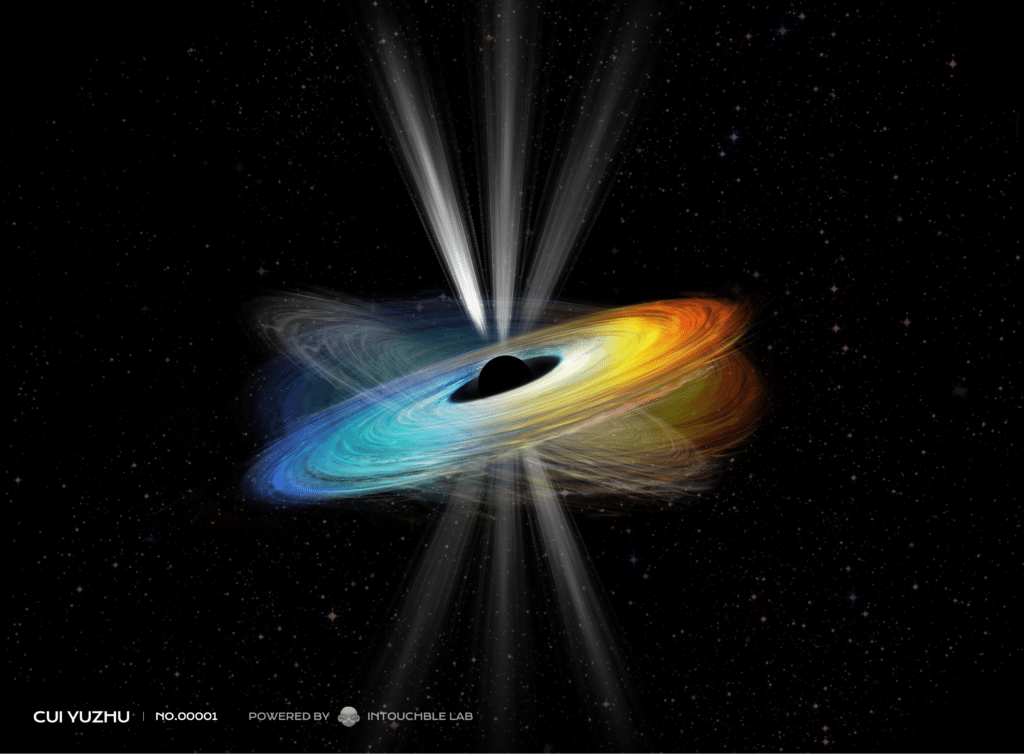Scientists have recently confirmed that the supermassive black hole located in galaxy M87 is spinning. This black hole, already famed for rendering the first-ever picture of a black hole shadow in 2019, has again turned the spotlight onto itself as the jet protruding from it has been verified to wobble—a clear indication that the black hole is indeed in rotation.
Supermassive black holes are colossal entities, containing mass up to billions of times that of the Sun, positioned typically at the center of large galaxies. Their immense gravitational pull devours everything in proximity, including light, making studying them exceptionally challenging since no information can escape their gravitational grasp.
The relationship between black holes, their accretion disks (the swirling ring of matter falling into a black hole), and jets has been a longstanding puzzle in the field of astronomy. A rotating black hole can generate significant energy, propelling surrounding material outward as highly energized jets.
Theoretically, there are scarce properties of black holes like these that scientists can hope to observe, with “spin” being one of the elusive ones, until now.
What is Galaxy M87?
Galaxy M87, residing 55 million light-years away in the constellation Virgo, hosts a black hole that is 6.5 billion times more massive than the Sun. An international consortium of scientists analyzed over two decades of observational data to study this galaxy and its black hole. The scientists focused on the black hole’s accretion disk and a jet where matter is expelled near the black hole at velocities approaching the speed of light.

For this breakthrough study, data from 170 time frames were meticulously analyzed. This extensive investigation was carried out by the collective effort of more than 20 radio telescopes globally, which are part of networks like the East Asian VLBI Network (EAVN), the Very Long Baseline Array (VLBA), the joint array of KVN and VERA (KaVA), and the East Asia to Italy Nearly Global (EATING) VLBI network.
Wobbling Jet Indicates Black Hole’s Spin
The results of the analysis revealed that the gravitational interaction between the accretion disk and the black hole causes the base of the jet to precess or wobble, analogous to how gravitational interactions within our Solar System cause the Earth to precess.
“We are thrilled by this significant finding,” says study author Yuzhu Cui, a postdoctoral researcher at Zhejiang Lab, a research institution in China, in a statement. “Since the misalignment between the black hole and the disk is relatively small and the precession period is around 11 years, accumulating high-resolution data tracing M87’s structure over two decades and thorough analysis are essential to obtain this achievement.”
M87 exhibits an oscillating jet, a powerful stream of energy and matter, that swings with a notable amplitude of about 10 degrees. This motion, referred to as precession, confirms the spinning nature of the black hole. The scientists uncovered an 11-year recurring cycle in this precessional motion, achieved through the meticulous analysis of data obtained from a network of radio telescopes spanning 2000-2022.

International Excitement and Future Implications
This newfound confirmation has been a pivotal point of interest in the scientific community. “After the success of black hole imaging in this galaxy with the EHT, whether this black hole is spinning or not has been a central concern among scientists. Now anticipation has turned into certainty,” says Dr. Kazuhiro Hada from the National Astronomical Observatory of Japan. “This monster black hole is indeed spinning.”
The results have been hailed as an exciting scientific milestone by Dr. Motoki Kino at Kogakuin University, who says the observational data “beautifully fitted to the simple sinusoidal curve bring us new advances in our understanding of black hole and jet system.”
This revelation is a triumph of international scientific collaboration and a significant leap in understanding the characteristics and behaviors of supermassive black holes, potentially opening new horizons in astrophysical research and our comprehension of the universe.












